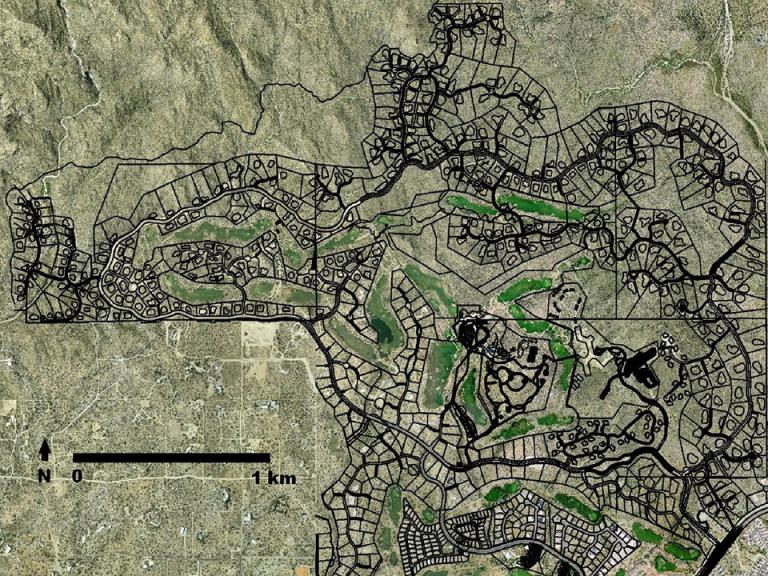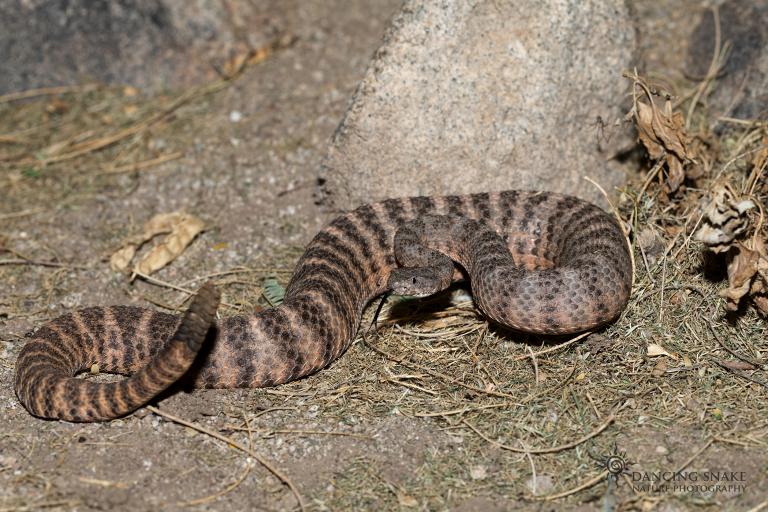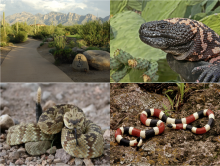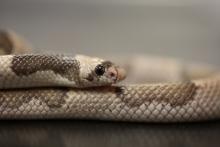The Stone Canyon Project

What Are We Studying?

Abstract
Methods
Transect Sampling
Since 2017, our research team has conducted nightly road and golf cart path surveys to document snakes and Gila Monsters (Heloderma suspectum) throughout the development site during our summer field season. We obtain environmental (temperature, relative humidity, light conditions) and location data (in UTM coordinates) for each capture. Animals were released the next day during the following survey.
For each survey, effort is recorded as both time spent and distance traveled. This allows calculation of snakes per unit effort, and relative abundance of snakes when compared to past data.
Snake and Gila Monster Processing and Release
Within a day of capture, snakes and Gila monsters are processed, individually marked, and released. We measure snout-to-vent length, tail length, mass, head width and length, age, sex, and body condition. Rattlesnake rattle length, segment number, and width of segments is measured and rattles are painted for easy field identification. Gila monster's tail circumference at the tenth whorl and tail volume are measured. Fecal samples are obtained for all species and blood samples are taken from Tiger Rattlesnakes. We use Passive Integrated Transponders (PIT) tags to identify individuals Gila monsters and snakes large enough to allow for PIT tagging. Snakes are anesthetized using gaseous isoflurane before any processing, and Gila Monsters are restrained to allow for safe measurements. After processing, snakes are manually intubated and ventilated to remove excess isoflurane and resuscitate the snake. Individuals are released at their original capture locations either during the next night's survey or after processing.
Environmental Data
Environmental data for the site is collected at two monitoring stations, before and after each survey, at 2 rain gauges, and at point of capture. This environmental data can then be compared to snake capture rates. Temperature and humidity are recorded at regular (15 or 30 minute) intervals at two locations, one directly adjacent to the golf course, and one located off the course and away from houses and roads. These sites are also equipped with rain gauges, that are checked nightly during the summer field season. Before and after surveys, ambient temperature and humidity are recorded using a Kestrel, and cloud cover is estimated manually. At point of capture for all species, ambient and ground level temperature and humidity are recorded, as well as light conditions and substrate type.
Stone Canyon WRF Report

Final Report (2019) submitted to Wallace Research Foundation for Urban Ecology and Conservation of Reptiles Undergraduate Fellowship.
Species Accounts

Species Accounts (2018) for all snake species and Gila monsters encountered at Stone Canyon.

